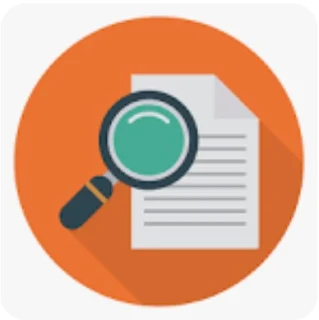How to prepare reports on the human rights situation
Reporting on the human rights situation requires a systematic and transparent methodology that ensures that events are documented, verified, and analyzed accurately. The following are the basic steps for preparing a comprehensive and effective human rights report:
1. Determine the purpose of the report
Primary purpose: Is the goal to raise awareness, document violations, make recommendations, or submit a report to an international organization such as the United Nations?
Target audience: Is the audience decision-makers, international organizations, or the general public?
2. Gather information and document
Collect primary data:
Interviews: Conduct interviews with victims, witnesses, and experts.
Field visits: If possible, visit the sites where violations occurred.
Testimonies: Document written or audio-visually recorded testimonies.
Collect secondary data:
Review previous reports, court decisions, and media reports.
Study official or independent statistics.
3. Verify information
Verify sources: Ensure the credibility of the sources used.
Review testimonies: Compare testimonies to obtain a clear and objective view.
Accurate analysis: Avoid bias or exaggeration in presenting information.
4. Report Organization
Title and Introduction: Clear definition of the problem and objectives of the report.
Current Situation: Present the political, economic, and social context surrounding the violations.
Documentation: List the violations supported by facts, figures, and testimonies.
Relevant Laws: Clarify the local and international laws relevant to the violations mentioned.
Recommendations: Provide practical solutions and recommendations to the relevant parties.
5. Review and Editing
Accuracy and Clarity: Ensure that the report is free of errors and written in clear language.
Cultural Sensitivity: Consider the cultural and social context when presenting information.
Balance and Objectivity: Ensure that the report presents different points of view when necessary.
6. Report Publication
Choosing appropriate means of publication, such as:
Traditional and electronic media.
International forums.
Sending the report to relevant parties (such as the United Nations, or government bodies).
7. Impact Follow-up
Response Follow-up: Monitor how different parties interact with the report.
Continuous Update: Update information in the event of new developments.
Examples of assistive tools:
Documentation tools: smartphones, cameras, and audio recording apps.
Guidelines: Take advantage of guidance provided by organizations such as Human Rights Watch and Amnesty International.
Important tips:
Respect the privacy of victims and protect them from any risks.
Adhere to international standards for documentation and reporting.
Be careful when documenting sensitive cases that may put people’s lives at risk.


تعليقات
إرسال تعليق